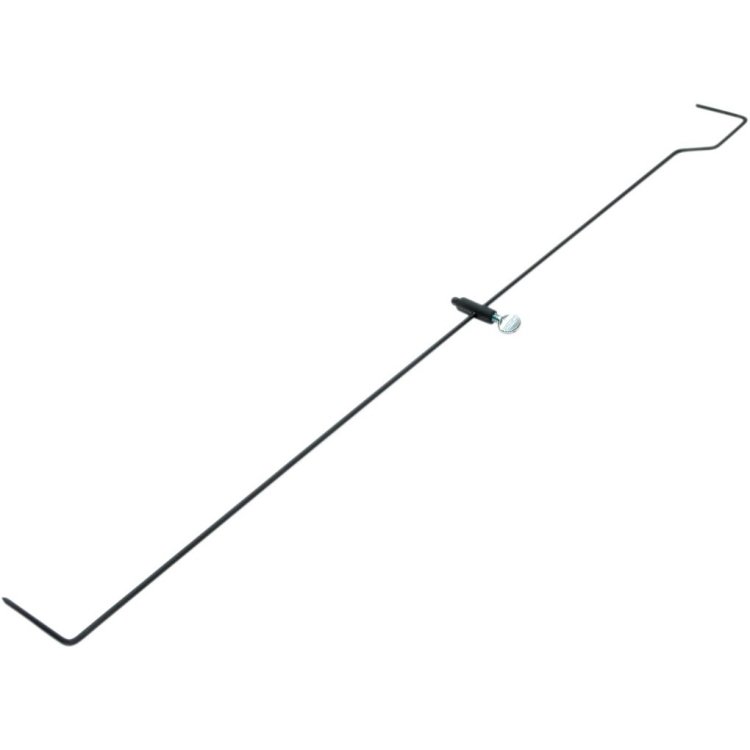Sportster Belt Adjustment
In the early 90s, Harley-Davidson replaced chains with belts on all their models. Belts are lighter, quieter, cleaner, cheaper, transmit torque to the wheel softer, do not require lubrication and run much longer. In civil use, belts are undoubtedly better.
The only disadvantage of a belt compared to a chain is the higher transmission losses. For Harley-Davidson torque motors, though, this is almost unnoticeable. Also, chains are stronger than belts, so a chain with sprockets is installed for high RPM engines for sports and drag racing.
The belt is very sensitive to tension adjustment and rear wheel alignment. Belt wear accelerates significantly if the wheel is not straight, because the load doesn't go to the entire belt, but only to one edge.
A loose belt makes noise, heats up and slips, which in turn destroys its structure. But if the belt is too tight, it accelerates the wheel and gearbox bearings wear.
For all Sportsters, the process of checking belt play and adjusting is the same, but the play is different and depends on the shock's length.
Belt play
On our Sportster 2003, with the standard 13.5" shock's length, the belt play should be 5/16-3/8″ (7.9-9.6 mm) - for models 883, 1200, 1200S.
For models 883H and 883C, which have 11.5" shock's length in stock, the play should be 1/4-5/16" (6.4-7.9 mm).
So, for 1 inch of shock's length, the play changes by approximately 0.8 millimeters. The shorter the shock, the less the play.
The belt adjusting is not difficult. It is important to accurately align the rear wheel and measure the play at the tightest point. We showed the whole process in detail in the video and made some interesting observations:
- The belt tension is uneven even with a small mileage (7000 km), so the recommendation to adjust the tension at the point of maximum tension is really relevant, especially since the belt play is very small and can be only 6-7 mm for some models.
- Wheel alignment with a caliper is just as accurate as with a special tool - we checked it several times. If the studs and nuts are intact from the manufacturer, then a caliper is an effective alternative.
- The standard indicator scale is practically useless on motorcycles with long shocks, because the initial belt position is below the observation window. The indicator o-ring on a special tool is a very useful thing and helps to see clearly.
What about non-standard shocks?
If you want to set shocks of non-standard length, then the most appropriate and accurate approach is the following:
- Before replacing the shocks, adjust the play on the standard ones.
- Replace the shocks with new ones without changing the belt adjustment.
- Measure the play with the new shocks and write down how big it is - it will be nominal for the new shocks.
If the motorcycle already has shocks of non-standard length, then there are a couple of options:
- Measure the shock's length - determine the difference with the standard ones - look up the play for the standard ones in the manual - calculate the play for the ones that you already have at the rate of 0.8mm per 1 inch of shock's length (the longer the shock, the bigger the play, and vice versa).
- Measure the length of the shocks that you already have (the distance between the axes of the upper and lower mounting bolts) - find a Harley-Davidson model with the same shocks - look up the belt play of this model in the manual.
It is recommended to check the belt tension every 8000 km. In civil use, the belt runs for about 160,000 km.
From the factory, a belt is more expensive than a chain due to expensive pulleys, but in use it is cheaper due to a much longer service life.
In our store, you can purchase branded special tools for Harley-Davidson motorcycles maintenance, as well as components and spare parts from leading brands.





